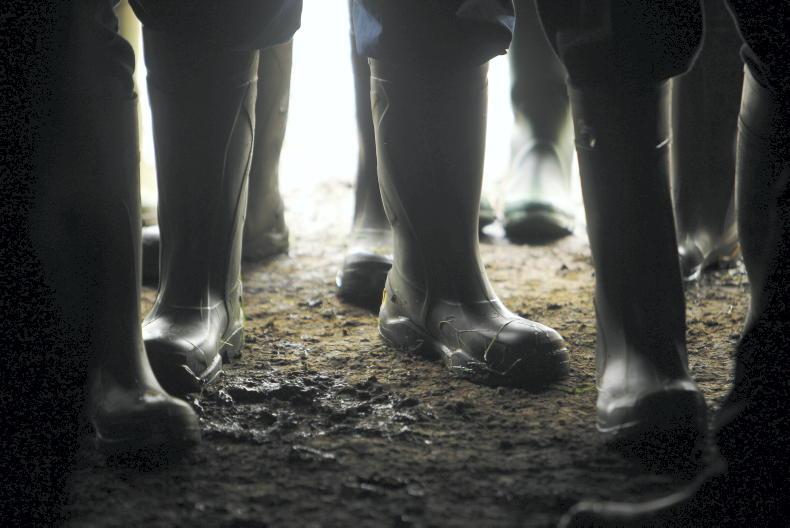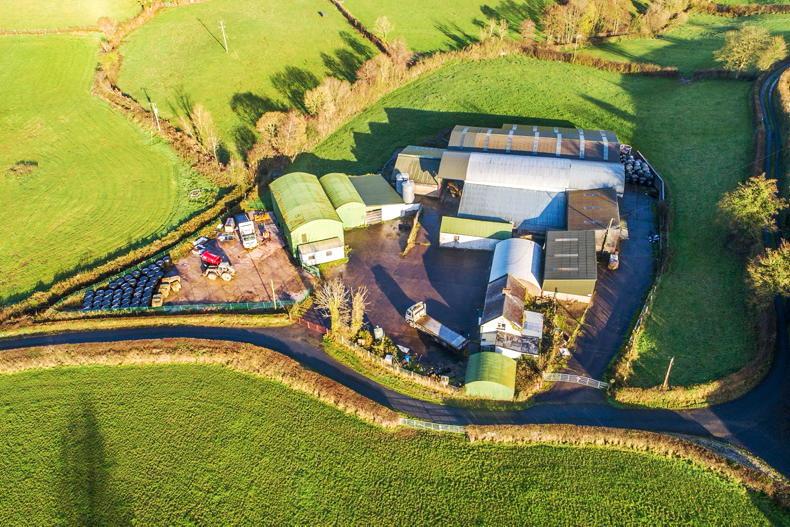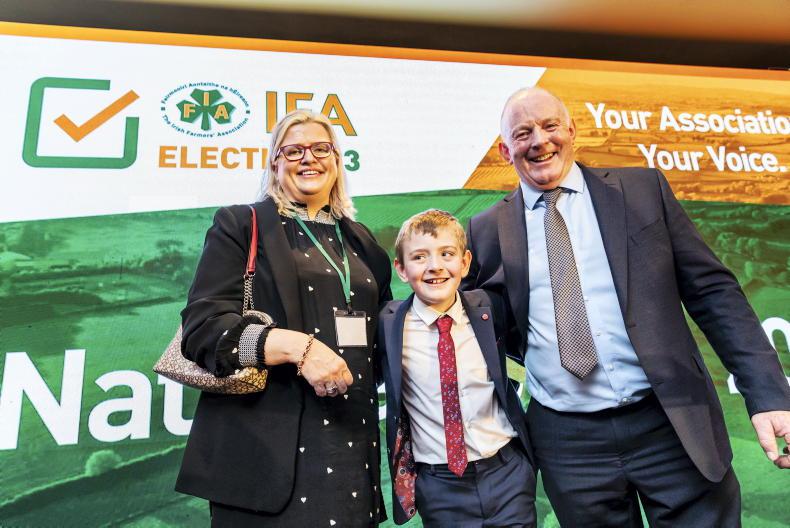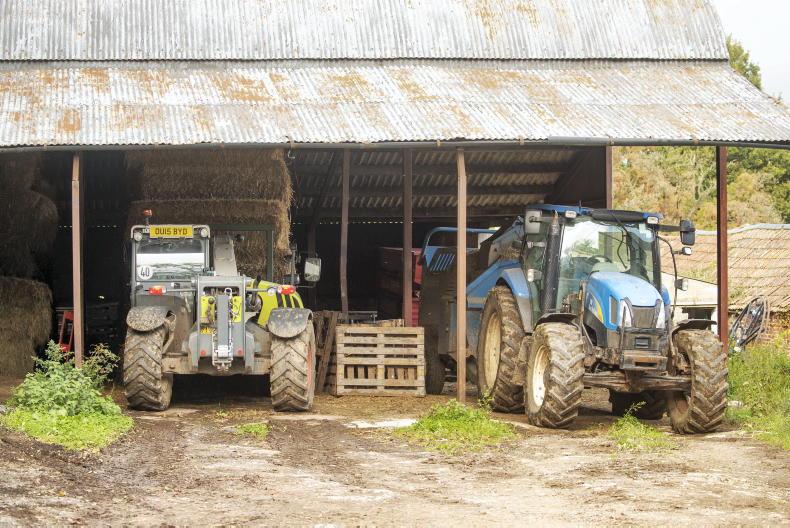If the intention is to get all Irish farmers to grow some crops this year, this cannot happen without inevitable problems.
That said, the tillage sector might wish to applaud Minister for Agriculture Charlie McConalogue for even suggesting such a move, but it is difficult to see real benefit.
The suggestion from Government is that all Irish farmers will be asked to plant some of their land in wheat, barley or other grains as part of its emergency plans to offset a predicted food security crisis.
But the fact is that oats is the only grain that is used to any degree as food (porridge), because our milling wheat industry was effectively closed down decades ago.
Many successive governments conveniently ignored the relevance of the sector and we have official bodies marketing produce as Irish that is heavily dependent on imported feeds.
Now that cat is out of the bag, these imports are either very expensive or perhaps unavailable and others want the sector to respond to a crisis.
The first thing to recognise is that if Government want crops to be grown, the best people to do that are tillage farmers, as decades of policy have forced specialisation in all sectors.
But tillage farmers cannot respond without access to additional land and perhaps this is where policy should be looking.
One of the fist decisions needed in any action or reaction is to decide whether it is food or feed that is the target.
If it is food that is needed, then it is necessary to ask the beleaguered horticultural sector to respond. But these farmers have been ignored by governments for decades and they are continuously abandoning the sector.
Oats is the only cereal used to any great extent in the food sector, excluding drinks. If we want to really improve our food security, then the country needs at least one mill for industrial flour production, as we have none. Without that, any additional wheat is merely for animal feed.
If it is animal feed that is needed, then the aim should be to produce the highest yields of grain possible for the existing tillage area first.
This area would benefit from the use of organic manures, but we have seen nothing in terms of policy that would return nutrients and carbon to the land from which it was produced.
Once this is maximised, any further production would require access to additional land. This can be influenced by policy decisions, as these were used to lever land out of tillage production.
If additional land is made available for crop production, could it increase supply sufficiently? It is highly unlike that a very small area of any crop will be worthwhile, with the possible exception of vegetables.
That said, everybody in the country should want to do a little to help. This Minister is the first in decades of governments to acknowledge and offer support to the sector and therefore should be supported if sensible options are put in place.
But asking every farmer to grow a crop is an unlikely solution to the need for food or feed.
Most farmers who would reluctantly grow a crop might be able to produce far more feed in the form of grass if it was properly fertilised. And if you don’t have the correct fertility, you have no business trying to grow crops.
The best way to get more feed produced is to give tillage farmers access to more land. Government action might be far more effective if it freed up land in regions that are better suited to tillage production.
After all, many of those who exited tillage on mixed farms in the last decade did so because of having to continuously fight poor weather in those regions.
And if grassland is forced into tillage, there are no tools available to control potential problems such as leatherjackets or wireworms.
Is there equipment available in parts of the country to get crops planted? Many areas no longer have access to tillage machinery, as it has not been maintained for possible emergency use. And professional contractors are unlikely to have much spare capacity to pick up the slack.
Availability of inputs could also prove to be an enormous challenge at this 11th hour. While there is adequate seed and plant protection products available for the anticipated area, there would not be sufficient to drive a big expansion in area.
And if other EU countries are taking similar action, it is highly unlikely that additional availability could be secured at this point. We are now in the planting season for cereals.
Then there is the issue of additional fertiliser availability. It seems unlikely that there is a ready availability of any of the nutrients to drive an additional area in crops.
If we did succeed in producing an additional a half to one million tonnes of grains, where could this be stored and who would buy it at today’s inflated prices?
But it must be said that the preference for most tillage farmers is to grow grain crops which guarantee a market. There have been too many false dawns on fodder in the past.
So there will be lots of difficulties if policy attempts to push crops on to every farm. These would even apply if the crop area was expanded in the tillage areas.
Still, any effort to increase production for the national good might be more effectively channelled by finding ways to give tillage farmers access to more land.
Could policy help provide access to underused acres? There may be farmers out there with underused grassland which could go into tillage crops for a year or two, but this may require some tweaking of stock relief rules.
The best way to get more crops grown is to put additional land in the hands of good tillage farmers.
Perhaps it is also worth looking on the feed demand side of this equation. If we are to see animals culled in response to high fertiliser prices, what does this mean for overall demand?
There are suggestions that some older farmers in the pig sector who have no heirs might consider an option to retire if it was made financially attractive. As of now, these are suffering heavy losses.
Such an option could have a significant impact on overall feed demand and the requirement for feed imports.
In fairness, we have no idea what any policy will look like, as these initial proposals are to be discussed with some in industry and chances are that some sensible suggestions will come to the fore.
But time is running out, as a continuation of the good weather heralds the start of the spring planting season.










SHARING OPTIONS